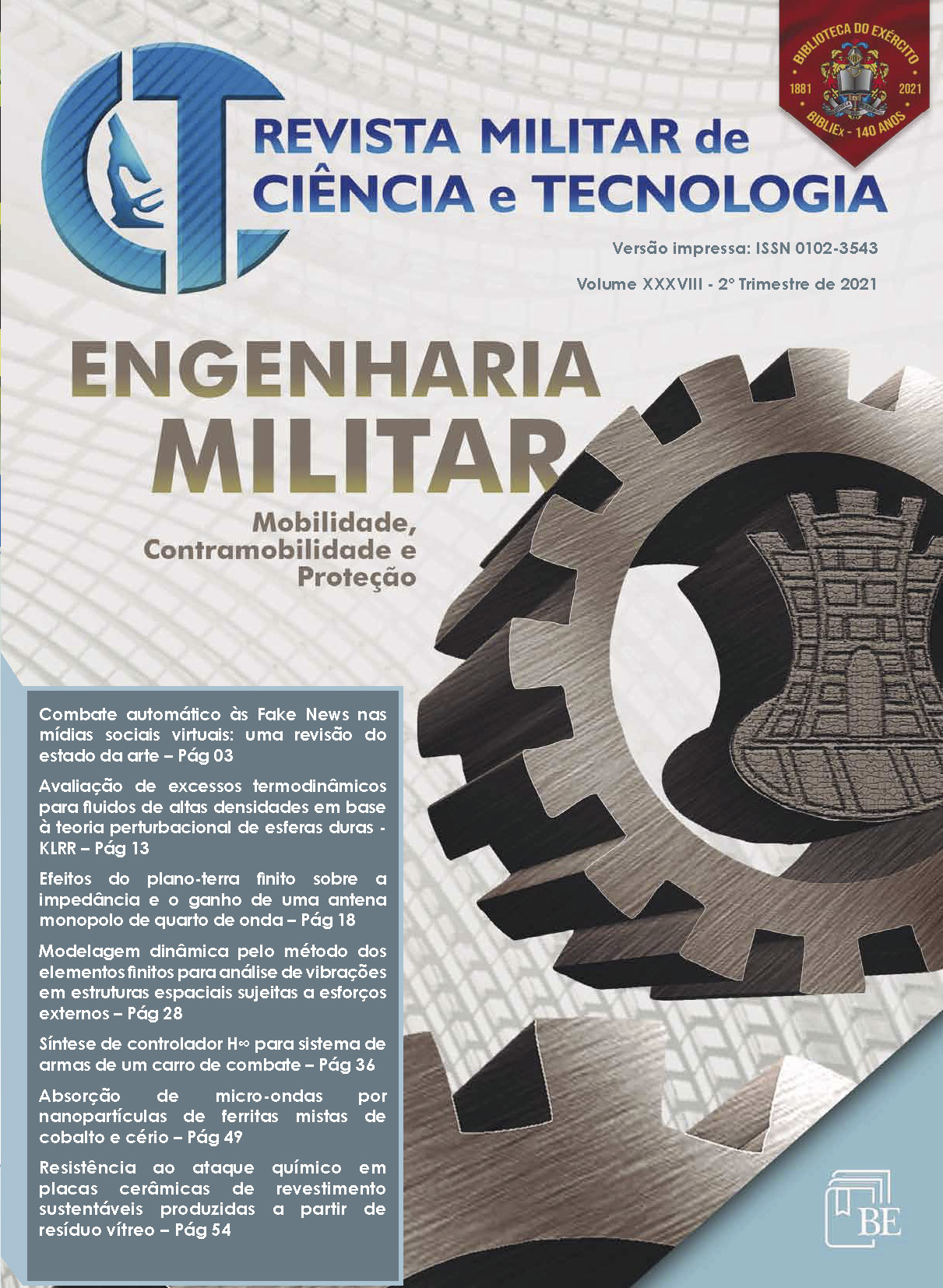Resistência ao ataque químico em placas cerâmicas de revestimento sustentáveis produzidas a partir de resíduo vítreo
##plugins.themes.bootstrap3.article.main##
Resumo
As cerâmicas de revestimento esmaltado são baseadas em vidros que utilizam fritas cerâmicas, ocasionando custos de produção que podem ser reduzidos usando resíduos vítreos. Neste trabalho, foram incorporados resíduos vítreos às três camadas da placa cerâmica de revestimento (suporte, engobe e esmalte), com teores diferentes, para avaliar a resistência ao ataque químico e a presença de defeitos. Três matérias-primas para a produção das placas foram usadas: argila caulinítica, resíduo vítreo incolor e Pedra Cariri. Foram analisadas três formulações com diferentes teores de resíduo vítreo, e três diferentes temperaturas de queima, 1000, 1100 e 1200 °C. Ensaios físico-químicos mostraram que é possível substituir fritas cerâmicas por resíduos vítreos para produzir placas de revestimento cerâmico resistentes a ataque químico e livres de falhas de processamento.
Downloads
##plugins.themes.bootstrap3.article.details##
A Revista Militar de Ciência e Tecnologia está licenciada:
A partir de 2022 sob as condições do Creative Commons (CC BY 4.0)
Até 2021 sob as condições do Creative Commons (CC BY-NC-SA 4.0)
Copyright: Os autores são os detentores do Copyright, sem restrições, de seus artigos.
As licenças estão informadas na página de acesso do artigo e são detalhadas a seguir:
Sob a licença CC-BY 4.0, você tem o direito de:
Compartilhar — copiar e redistribuir o material em qualquer suporte ou formato
Adaptar — remixar, transformar, e criar a partir do material para qualquer fim, mesmo que comercial.
De acordo com os termos seguintes:
Atribuição — Você deve dar o crédito apropriado, prover um link para a licença e indicar se mudanças foram feitas. Você deve fazê-lo em qualquer circunstância razoável, mas de nenhuma maneira que sugira que o licenciante apoia você ou o seu uso.
Sob a licença CC-BY-NC 4.0, você tem o direito de:
Compartilhar — copiar e redistribuir o material em qualquer suporte ou formato
Adaptar — remixar, transformar, e criar a partir do material
De acordo com os termos seguintes:
Atribuição — Você deve dar o crédito apropriado, prover um link para a licença e indicar se mudanças foram feitas. Você deve fazê-lo em qualquer circunstância razoável, mas de nenhuma maneira que sugira que o licenciante apoia você ou o seu uso.
Não Comercial — Você não pode usar o material para fins comerciais.
CompartilhaIgual — Se você remixar, transformar, ou criar a partir do material, tem de distribuir as suas contribuições sob a mesma licença que o original.
Sem restrições adicionais — Você não pode aplicar termos jurídicos ou medidas de caráter tecnológico que restrinjam legalmente outros de fazerem algo que a licença permita.
Aviso
Para qualquer reutilização ou distribuição, você deve deixar claro a terceiros os termos da licença a que se encontra submetida esta obra.

